Maruti Suzuki Alto K10 Petrol, CNG Variants Explained - Which One To Buy?
In this variant explained article, you'll find out which variant of the Maruti Suzuki Alto K10 you should buy based on ex-showroom prices, variant-wise features and value for money for a balanced ownership experience. Here we compare and objectively analyse the 2025 Alto K10’s petrol and CNG variants and their features. Then we will compare the engine specs, dimensions and mileage of the 2025 Maruti Suzuki Alto K10 with its competitors and other petrol and CNG-powered A-segment cars like Maruti WagonR, Ignis, Celerio, S-Presso and Renault Kwid.
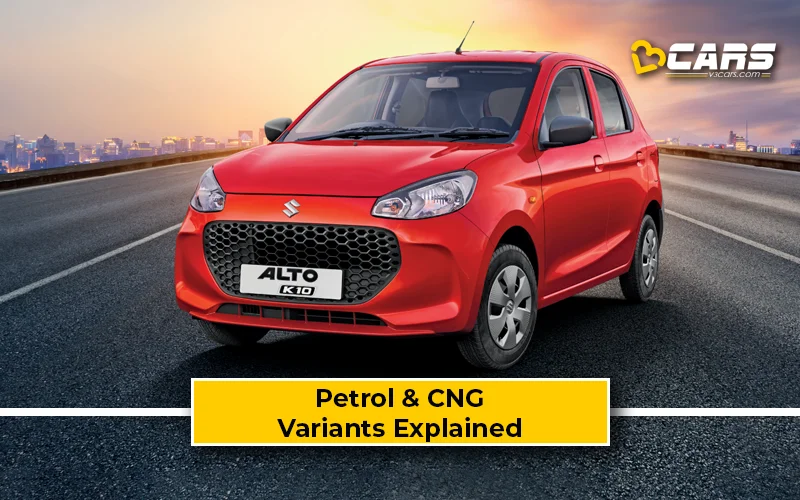
Update (Jun 26, 2025): Maruti Suzuki updated the features and prices of the Alto K10 in May 2025 and they’re now offering 6 airbags, ESC and 5x 3-point seatbelts for all occupants as standard with the Alto K10. This update of the Maruti Alto K10 variants explained includes the latest prices and buying recommendations for each variant based on the latest feature distribution.
Also Read: Renault Kwid Variants Explained — Which One To Buy?
Maruti S-Presso Petrol, CNG Variants Explained — Which One To Buy?
What Are The Pros And Cons Of Maruti Suzuki Alto K10 Petrol, CNG?
The pros or advantages of Maruti Suzuki Alto K10 petrol, CNG are:
- Phenomenal mileage figures of about 24.5 - 25kmpl with the petrol engine
- Proven long-term mechanical reliability of the K10 petrol engine as it has been on sale in India for over a decade
- Maruti Suzuki’s wide service network makes it easy to find original or OEM-spec spares and competent mechanics
- Peppy performance considering lesser rotating mass with 13-inch wheels and shorter resulting gearing (Read more: Why Maruti Alto K10 Has Lower Mileage Than Celerio?)
- Option of 3 powertrains — petrol-manual, CNG-manual and petrol-automatic
- Offering ESC, 6 airbags and 5x 3-point seatbelts sets a new standard in the industry; earlier, it didn’t even have retractable seat belts for rear occupants in the lower 2 variants
The Maruti Suzuki Arena Alto K10 petrol, CNG has the following shortcomings or problems:
- Substantially smaller than the similarly-priced Renault Kwid
- Missing features like rear power windows, rear washer wiper, rear defogger, rear camera, day/night inside mirror, power mirrors and LED DRLs
- CNG variants offer pathetic value for money and we can’t recommend either of the two CNG trims
- LXI (O) variant with must have features like power steering and air conditioning carries an extortionist like premium over the base model
- Not a single variant manages to justify the incremental cost over the base trim with its additional features, performance or efficiency improvements
What Is The Price Of Maruti Suzuki Arena Alto K10 Petrol, CNG Variants?
The new Alto K10 petrol-manual is available in 4 variants with prices starting at Rs. 4.23 lakh for the STD (O) variant and going up to Rs. 5.60 lakh for the VXI Plus (O) variant. The two higher variants also offer the option of an automatic for an additional Rs. 50,000, which is a reasonable price for this type of automatic transmission. The two Alto K10 automatic variants cost Rs. 5.81 lakh and Rs. 6.10 lakh.
|
|
|||||
|
|
|
|
|
|
|
|
|
|
|
|
|
|
|
|
|
|
|
|
|
|
|
|
|
|
|
|
|
|
|
|
|
|
|
The Alto K10 is also available with the petrol-CNG bi-fuel option with manual transmission in the LXI (O) and VXI (O) variant for an additional Rs. 90,000.
Note: Check your Car EMI with our - Car EMI Calculator
Maruti Suzuki Alto K10 STD (O) — Base Model Standard Features
The base STD (O) variant of the Maruti Suzuki Alto K10 only comes with a manual transmission and carries an ex-showroom price tag of Rs. 4.23 lakh.
The most notable features of the new Alto K10’s STD (O) base model are:
|
|
||
|
|
|
|
|
|
|
|
|
|
|
|
|
|
|
|
|
|
|
|
|
|
|
|
|
|
|
|
|
|
|
|
Considering the ex-showroom price, the base variant doesn’t get several must-have features like:
- Music system
- Day/night inside mirror
- Air conditioning
- Power steering
- Internally-adjustable outside mirrors
- Body-coloured bumpers
Considering the lack of several features, including a couple of absolute must-haves such as power steering and air conditioning, we can’t recommend the base trim of the Alto K10.
Maruti Suzuki Alto K10 STD (O) vs LXI (O) Variant — Price, Feature Comparison
The Alto K10 is available with both CNG-manual and petrol-manual powertrain options. The LXI (O) petrol-manual variant costs Rs. 5.0 lakh (ex-showroom) and Rs. 5.90 lakh with the CNG-manual. The LXI variant is Rs. 76,500 pricier than the comparable petrol base model.
|
|
|||
|
|
|
|
|
|
|
|
|
|
|
|
|
|
|
|
|
|
|
|
The LXI variant gets only 3 notable features over the base STD (O) variant:
|
|
|
|
|
|
|
|
|
|
This variant misses out on the following features:
- Music system
- Day/night inside mirror
- Power windows
- Internally-adjustable outside mirrors
- Central locking
While the LXI variant adds a couple of must-have features, Maruti are charging a huge premium for the luxury of having air conditioning and power steering. So much so, that it only manages to justify about 50% with petrol and CNG powertrains. Because of this horrible value for money score, we can’t recommend this variant either.
Maruti Suzuki Alto K10 Petrol, CNG LXI (O) vs VXI (O) Variant — Price, Feature Comparison
The Alto K10 VXI (O) costs Rs. 5.31 lakh with the manual transmission and Rs. 5.81 lakh with the automatic. The VXI (O) is Rs. 31,000 more expensive than the LXI (O) and the VXI (O) automatic is another Rs. 50,000 pricier. The VXI (O) with CNG bi-fuel option costs Rs. 6.21 lakh (ex-showroom) and is Rs. 90,000 pricier than the VXI (O) petrol-manual powertrain.
|
|
|||
|
|
|
|
|
|
|
|
|
|
|
|
|
|
|
|
|
|
|
|
|
|
|
|
|
|
|
|
|
|
The new Alto K10’s VXI (O) variant gets the following notable additional features over LXI (O):
|
|
||
|
|
|
|
|
|
|
|
|
|
|
|
|
|
|
|
|
|
|
|
|
|
|
|
Even in this variant, you may miss the following features:
- Day/night inside mirror
- Rear parcel tray
- Remote central locking
The VXI (O) variant adds enough features to make the Alto liveable. However, the value score is still not up to the mark except with the AMT variants. With the automatic, this variant is our top recommendation but it’s also worth considering for manual buyers.
With CNG, this variant is worth considering only if you expect to drive a minimum of 1,00,000km during the ownership. Otherwise, after considering the additional features, poor performance and drivability on CNG and the lack of boot space, this variant only justifies about 64% of the incremental cost over the base trim. The only silver lining here is that it offers better value than the lower LXI CNG variant.
Maruti Suzuki Alto K10 VXI (O) vs VXI Plus (O) Variant — Price, Feature Comparison
The top-spec VXI Plus (O) manual costs Rs. 5.60 lakh while the automatic costs Rs. 6.10 lakh. These prices are Rs. 29,000 higher than the lower VXI (O) variant.
|
|
|||
|
|
|
|
|
|
|
|
|
|
|
|
|
|
|
|
|
|
|
|
|
|
|
|
|
|
|
|
|
|
It gets the following notable additional features over the VXI (O) trim:
|
|
|
|
|
|
|
|
|
|
|
|
|
|
|
|
|
|
|
|
|
However, even in the top model of the Alto K10, you may miss features such as:
- Day/night inside mirror
- Rear defogger
- Rear power windows
- Power mirrors
- Rear camera
The top variant of the Alto K10 is available with petrol-manual and petrol-automatic powertrain options. For automatic buyers, this trim doesn’t significantly improve the value score but it’s worth considering. However, with the petrol-manual, this is our top recommendation as it makes a noticeable improvement in VFM over the lower variant.
Which Variant Of The Maruti Suzuki Alto K10 Should You Buy?
Let’s break it down for each powertrain and start with recommendations for Alto petrol-manual buyers. The base STD (O) variant doesn’t get some must-have features like AC and power steering. So, we won’t suggest the base variant to anyone. The LXI (O) variant gets these 2 critical features but it costs way too much and offers pathetic value for money. The Alto K10 VXI (O) costs another Rs. 31,000 and offers many must-have features along with a better value for money than the LXI (O) variant. So, this is worth considering. But if you can, you should stretch for the VXI Plus (O) variant as it not only offers better value for money, but also some important features.
For the automatic buyers, we’ll instead suggest buying the VXI (O) variant, which offers decent value for money. The upgrade to the Alto top model adds slight improvement over the lower variant and is worth considering.
|
|
|||
|
|
|||
|
|
|
|
|
|
|
|
|
|
|
|
|
|
|
|
|
|
|
|
|
|
|
|
|
|
|
|||
|
|
|
|
|
|
|
|
|
|
|
|
|
|
|
|
|
|||
|
|
|
|
|
|
|
|
|
|
|
|
|
|
|
Lastly, for CNG buyers, there’s just bad news. Once you factor in the fuel cost savings for 50,000km ownership, the lower power and torque figures and a few deleted features, the CNG fails to justify to come anywhere close to the Rs. 90,000 premium over the comparable petrol variant.
The LXI (O) CNG offers 50% value for money while the higher variant only slightly improves upon it by taking it to 64%. It’s still far from where we can safely recommend despite its poor value for money score. Hence, the two variants are difficult to recommend. Still, if you don’t mind that part, then you should buy the higher variant. And even then, you should have an expected running of 1,00,000km or more during the ownership.
What Are The Engine Specifications Of The Maruti Suzuki Alto K10 Petrol, CNG?
In terms of performance, the Alto K10 has the upper hand over the Kwid as well as S-Presso in all areas. The Alto K10’s new dual-jet petrol promises around 24.4kmpl with the manual and almost 25kmpl with the automatic. The Kwid’s 1.0L engine offers a mileage of about 22kmpl.
|
|
|||||||
|
|
|
|
|
|
|
||
|
|
|
|
|
|
|
|
|
|
|
|
|
|
|
|
|
|
|
|
|
|
|
|
|
|
|
|
|
|
|
|
|
|
|
|
|
|
|
|
|
|
|
|
|
|
|
|
|
|
|
|
|
|
|
|
|
|
|
|
|
|
|
|
|
|
|
|
|
|
|
|
|
|
|
|
|
|
|
|
|
Among its peers, the Alto K10 CNG is the most efficient with a mileage figure of 33.40kmpkg. In terms of performance, the power and torque output take a dip when running on CNG but they’re still within usable limits. Renault Kwid is also available with a CNG kit installed by the dealer. Since this is not required to go through the same hoops of homologation as a factory CNG option, Renault India aren’t obligated to share the engine specs about the Kwid CNG. So, we will also have to leave it out of this comparison.
|
|
||||
|
|
|
|
|
|
|
|
|
|
|
|
|
|
|
|
|
|
|
|
|
|
|
|
|
|
|
|
|
|
|
|
|
|
|
|
|
|
|
|
|
|
|
|
|
|
|
|
|
|
|
|
|
|
|
|
|
|
|
|
Is Alto K10 CNG Worth Buying Over Alto Petrol?
After factoring in the drop in performance, unusable boot space of CNG variants and lower fuel costs for driving 50,000km during the ownership, the Alto K10 CNG only manages to deliver about Rs. 51,000 worth of value for an asking price of Rs. 90,000. That’s only about 57% of value for the asking price. Do note that most of the drawback for this comes because of the significantly lower torque output, drivability and pretty much non-existent boot space. Even if you don’t consider any of these factors important, the drop in performance and cargo volume is significant enough to take into consideration.
You should also note that we have considered Delhi fuel prices and official mileage figures for this estimation. The value quotient may slightly vary based on the fuel price differences in your city and state. You can check the petrol and CNG prices in your area using our V3Cars Fuel Cost Calculator.
What Are The Dimensions Of The Maruti Suzuki Alto K10?
In terms of dimensions, the Alto K10 is taller than even the Kwid but narrower and considerably shorter. Maruti Alto K10’s ground clearance is 167mm which is lowest among all its rivals and it also has the smallest boot space in the segment. Alto K10 only comes with 13-inch wheels across all variants.
|
|
||||||
|
|
|
|
|
|
|
|
|
|
|
|
|
|
|
|
|
|
|
|
|
|
|
|
|
|
|
|
|
|
|
|
|
|
|
|
|
|
|
|
|
|
|
|
|
|
|
|
|
|
|
|
|
|
|
|
|
|
|
|
|
|
|
|
|
|
|
|
|
|
|
|
|
|
|
|
|
|
|
|
|
|
|
|
|
|
|
|
*NA = Not Available
You can use our Fuel Cost Calculator to see how any petrol, diesel or CNG car will cost to run based on the latest fuel price in your city.
What Are The Colour Options Of The Maruti Suzuki Alto K10?
The Alto K10 is available in the following 7 monotone colour options:
- Red
- Silver
- Grey
- Blue
- White
- Gold/yellow
- Black
Note: Here is a quick look at our length-based segmentation of cars to give you an idea of how we are classifying cars based on their size.
|
|
|||
|
|
|
|
|
|
|
|
|
|
|
|
|
||
|
|
|
|
|
|
|
|
||
|
|
|
|
|
|
|
|
||
|
|
|
||
|
|
|
||
|
|
|
||
|
|
|
|
|
|
|
|
||
|
|
|
|
|
|
|
|
||
|
|
|
||
|
|
|
|
|
|
|
|
||
|
|
|
||
|
|
|
|
|
|
|
|
||
|
|
|
||
You can read more about vehicle segmentation at the following link:


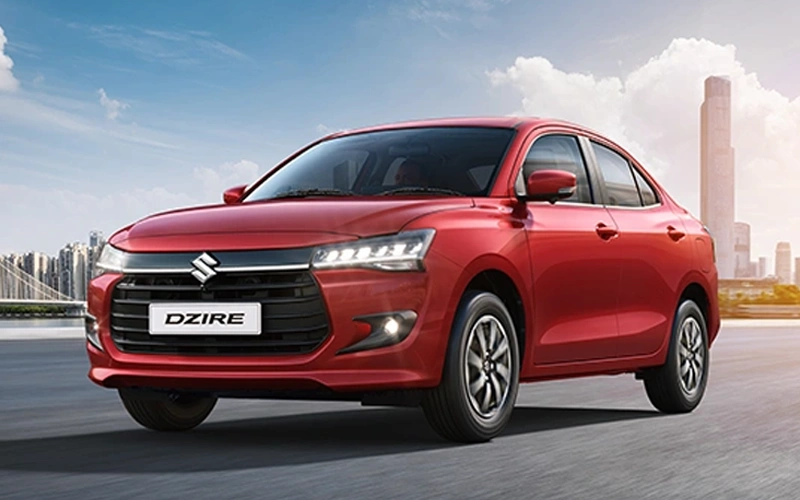


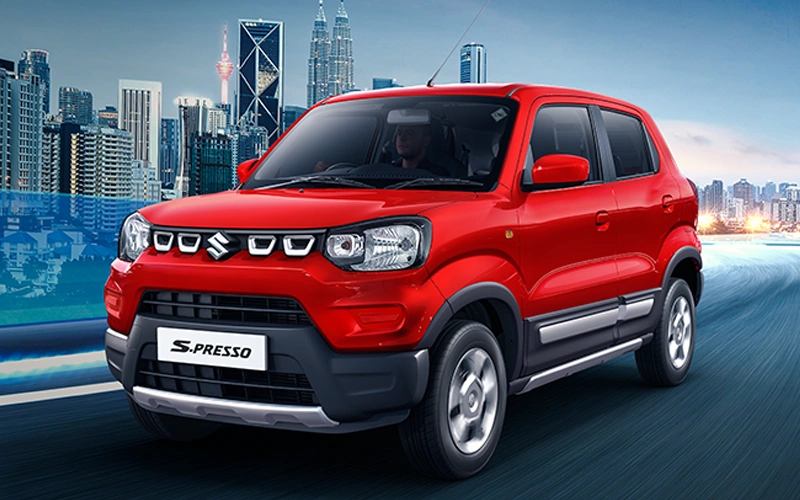
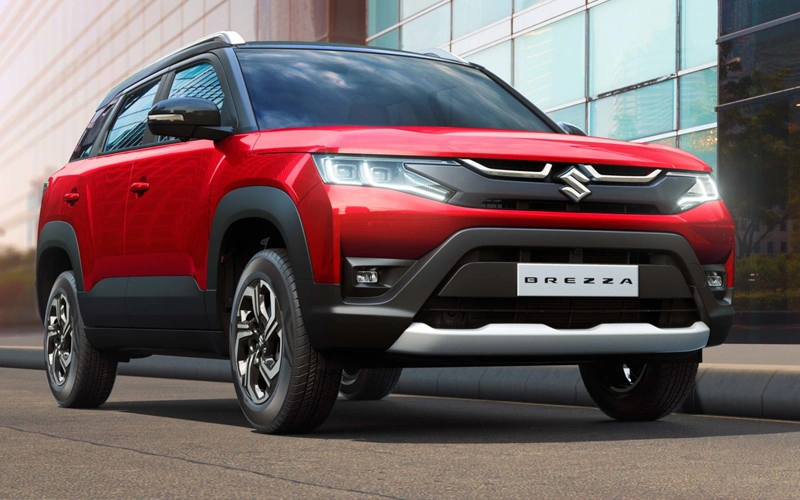
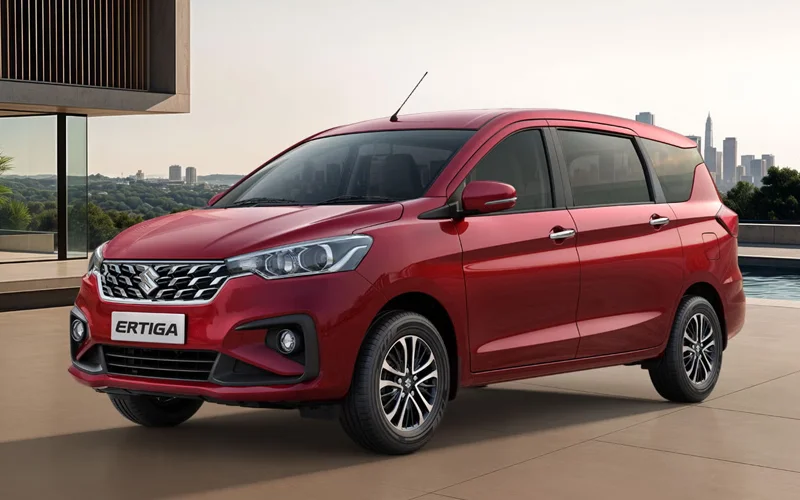
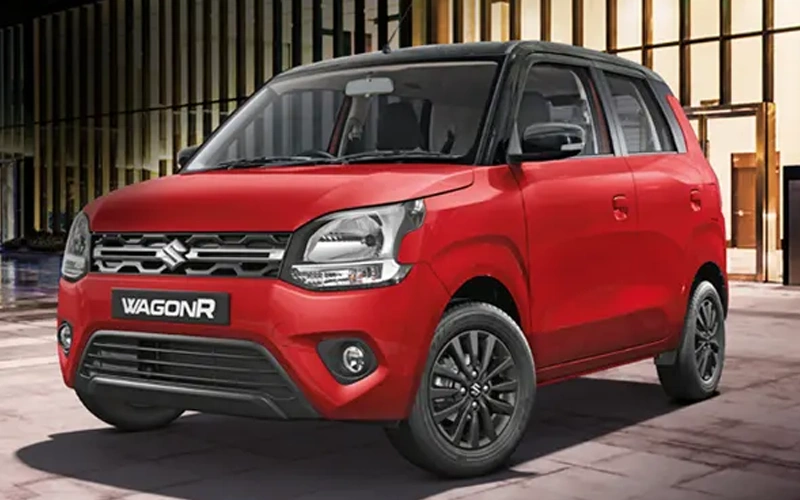
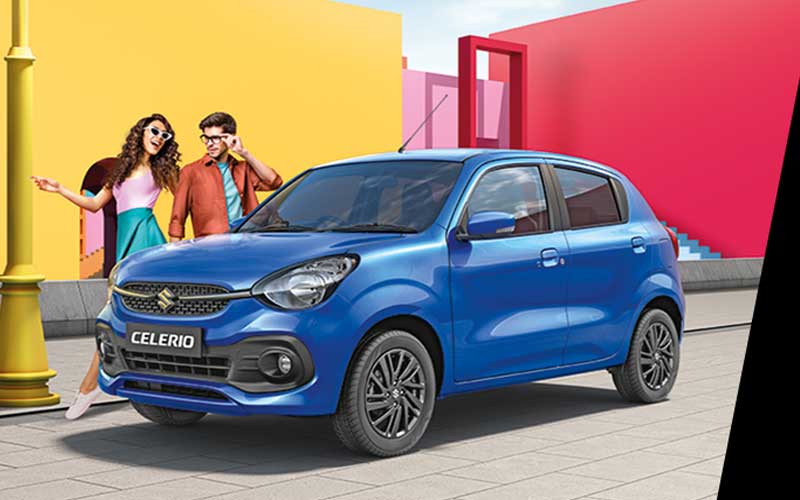
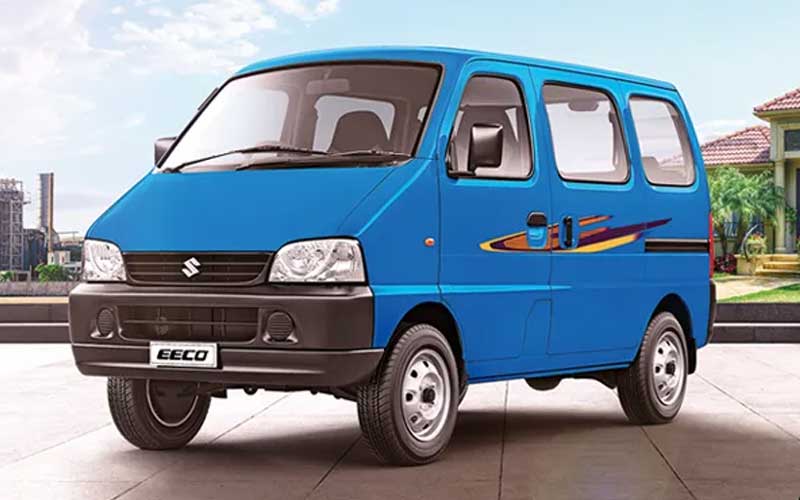
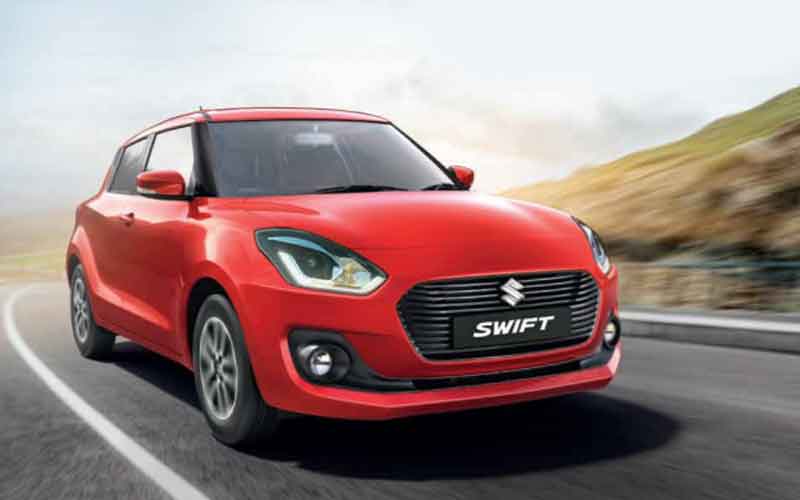

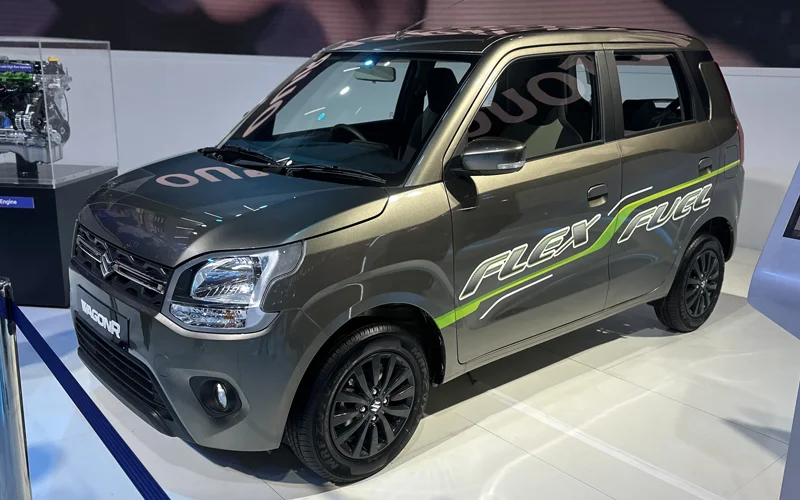
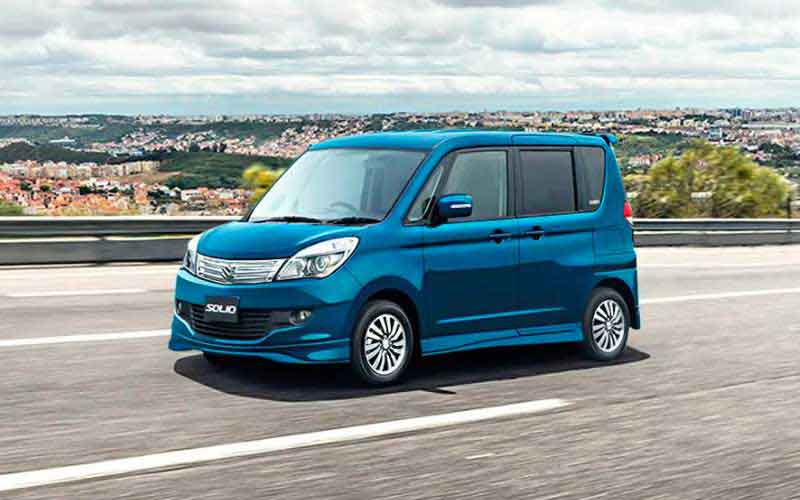
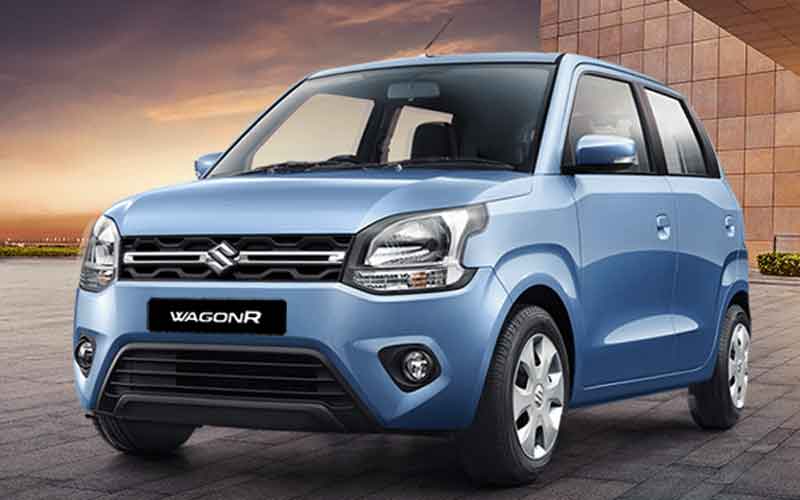
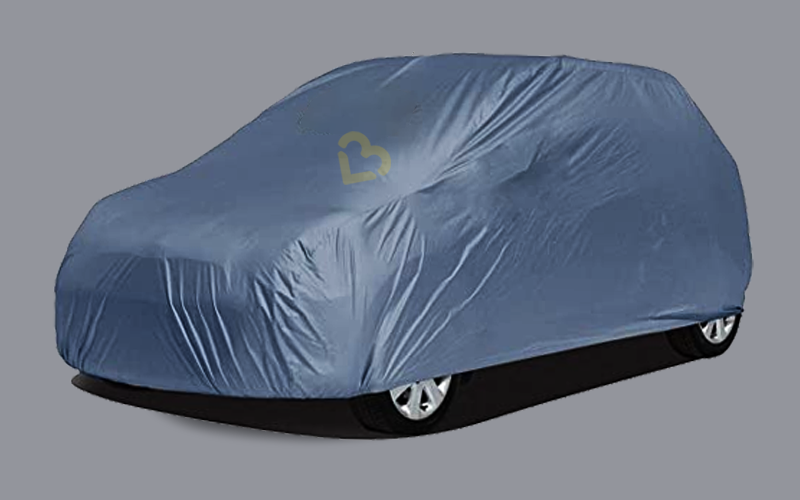

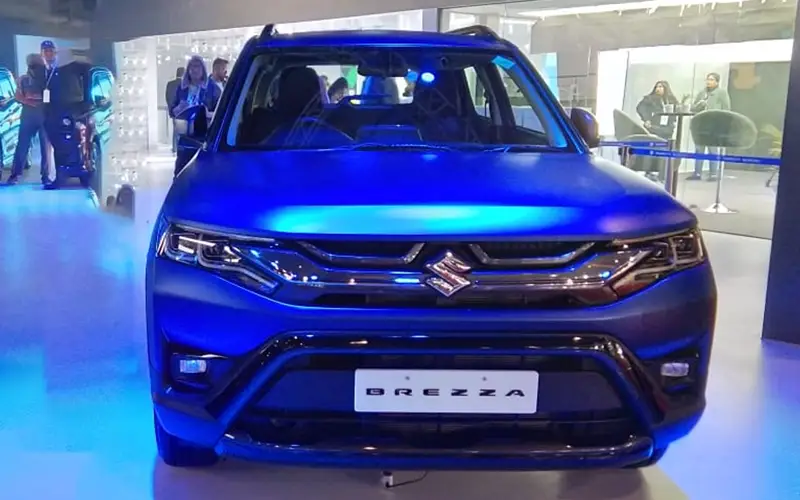


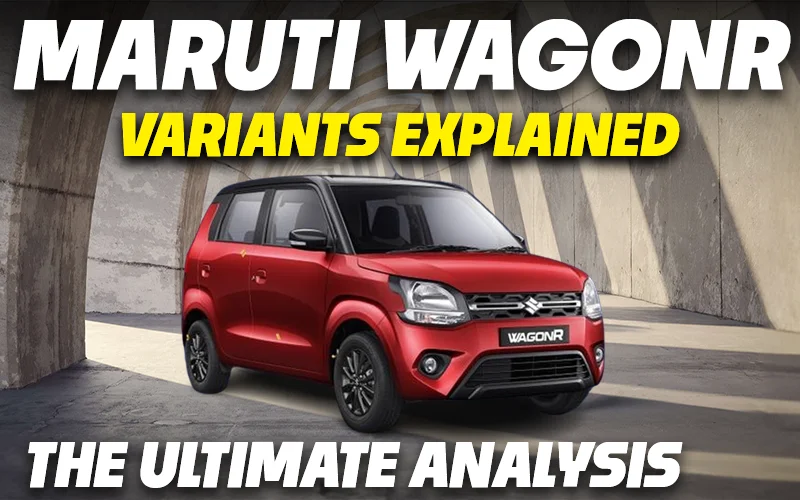



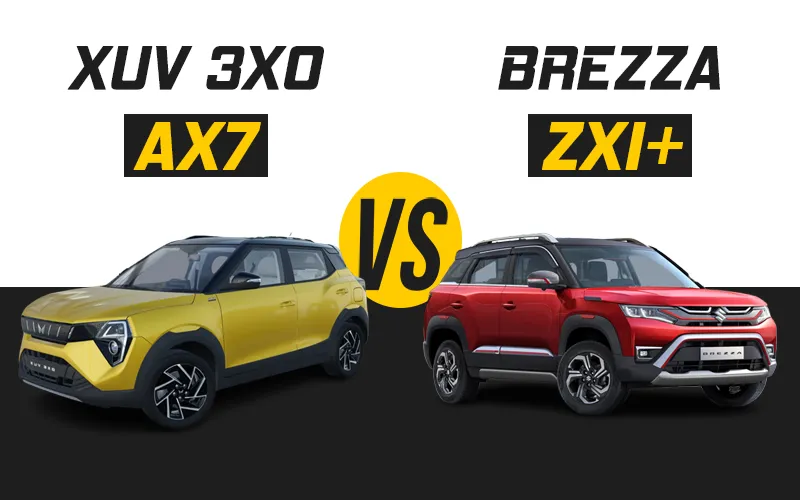



Ji